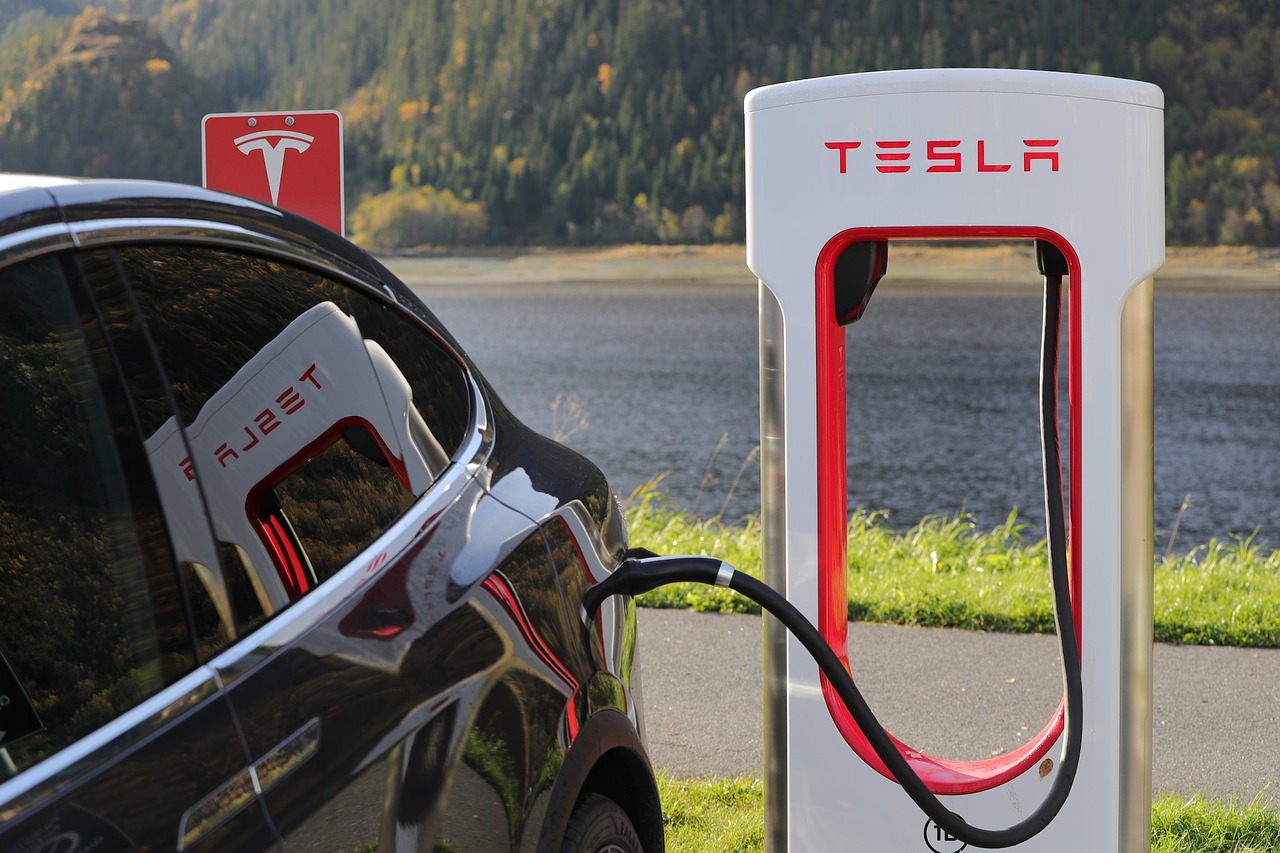Joe Biden, the current front-runner of the Democratic 2020 field, promises the return of electric vehicle (EV) tax credits. The presidential candidate says that “a key barrier to further deployment of these greenhouse-gas reducing vehicles is the lack of charging stations and coordination across all levels of government.” Biden wants 500,000 new charging stations by the end of 2030, thereby incentivizing the use of electric cars beyond the advantages given when buying them.
As it stands—and depending on the state in which the car is bought and withholding the individual tax situation of the buyer—some people can save up to $10,000 on a new Tesla thanks to this tax incentive.
This policy introduced under the Obama administration had the intention of promoting electric vehicles in order to reduce carbon emissions, but what happened in the countries that eliminated the tax credits tells a different story. When Denmark got rid of its tax credits for electric vehicles, Tesla’s sales dropped by 94 percent. In Hong Kong, the company saw a decline of 95 percent as the city got rid of comparable tax advantages for those buying electric cars.
According to Biden, that is because the right user incentives aren’t there, notably charging stations. However, the countries involved have considerably more charging stations than the US: Denmark has 443 charging stations in its capital Copenhagen, as well as over 500 more across the rest of the country. As for Hong Kong, the South China Morning Post reports:
“The move [Tesla opening a super-charging car park in Hong Kong] followed the opening of Tesla’s first supercharger station – which can can fully charge a Tesla in just 75 minutes […]. Currently there are 92 Tesla superchargers at 21 supercharger stations, with more than 400 public and shared charging points.”
Adding to that, over 95 percent of Norway’s electricity comes from hydropower, of which 90 percent is publicly owned. That does not come without its downsides. As electricity consumption increases in Norway, the sector is unable to keep up. Last year, lack of rainfall and low wind speed exploded Norwegian electricity prices to the level of Germany (which is still in the process of phasing out nuclear energy). Norway then resorted to coal power, and as fossil fuel power imports exceeded energy export, Norway has actually seen an increase in CO2 emissions.
This is despite the fact that Norway’s climate and geography make it ideal for the production of renewables, which is not the case for every state in the US. However, electricity production is only half the story of EV.
The Batteries
Electric vehicle batteries need a multitude of resources to be manufactured. In the case of cobalt, the World Economic Forum has called out the extraction conditions in the Democratic Republic of the Congo, where 20 percent of the world’s cobalt comes from. Miners as young as seven years are suffering from chronic lung disease from exposure to cobalt dust. Not only does battery manufacturing account for 60 percent of the world’s cobalt use, but there are also no good solutions to replace it, which is something Elon Musk is struggling with.
This does not even address the extraction procedures, complications, ethical conditions, and emissions produced by the need for aluminum, manganese, nickel, graphite, and lithium carbonate.
With a European market estimated to reach a total of 1,200 gigawatt-hours per year, which is enough for 80 gigafactories with an average capacity of 15 gigawatt-hours per year, that need is set to increase exponentially.
The renowned German research institute IFO declared the eco-balance of diesel-powered vehicles to be superior to electric vehicles in a study released in April.
Petrol Cars
We know from the US Department of Energy that the average fuel economy of cars more than doubled from 1975 to 2018. Fuel economy is increasing while horsepower has also increased exponentially, making cars both cleaner and faster. In 2017, the average estimated real-world CO2 emission rate for all new vehicles fell by 3 grams per mile (g/mi) to 357 g/mi, the lowest level ever measured.

It doesn’t even matter which car brand you feel loyal to since all brands have made comparable improvements.

No wonder: As much as consumers might care about CO2 emissions, they are even more price-sensitive. Even those consumers who aren’t will eventually be swayed when they find out their car brand is costing them comparably excruciating amounts in fuel.
Electric cars won’t be the one-size-fits-all solution to our current transportation challenges—at least not for the foreseeable future. As both technologies have up-and downsides, we need to consider what innovation can realistically achieve before we make calls for bans or rushed replacements.
This piece solely expresses the opinion of the author and not necessarily the organisation as a whole. Students For Liberty is committed to facilitating a broad dialogue for liberty, representing a variety of opinions. If you’re a student interested in presenting your perspective on this blog, click here to submit a guest post!
Image: Pixabay
This piece was originally published at FEE
